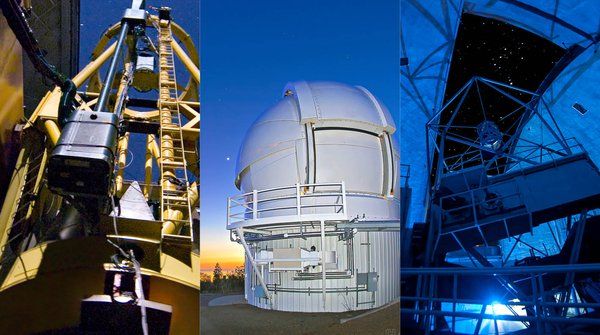According to the most widely accepted scientific theory, our Solar System formed from a nebula of dust and gas roughly 4.56 billion years ago (aka. Nebula Theory). It began when the nebula experienced gravitational collapse at the center, fusing material under tremendous pressure to create the Sun. Over time, the remaining material fell into an extended disk around the Sun, gradually accreting to form planetesimals that grew larger with time. These planetesimals eventually experienced hydrostatic equilibrium, collapsing into spherical bodies to create Earth and its companions.
Based on modern observations and simulations, researchers have been trying to understand what conditions were like when these planetesimals formed. In a new study, geologists from the California Institute of Technology (Caltech) combined meteorite data with thermodynamic modeling to better understand what went into these bodies from which Earth and the other inner planets formed. According to their results, the earliest planetesimals have formed in the presence of water, which is inconsistent with current astrophysical models of the early Solar System.
Continue reading “The Meteorites That Made Earth Were Filled With Water”



